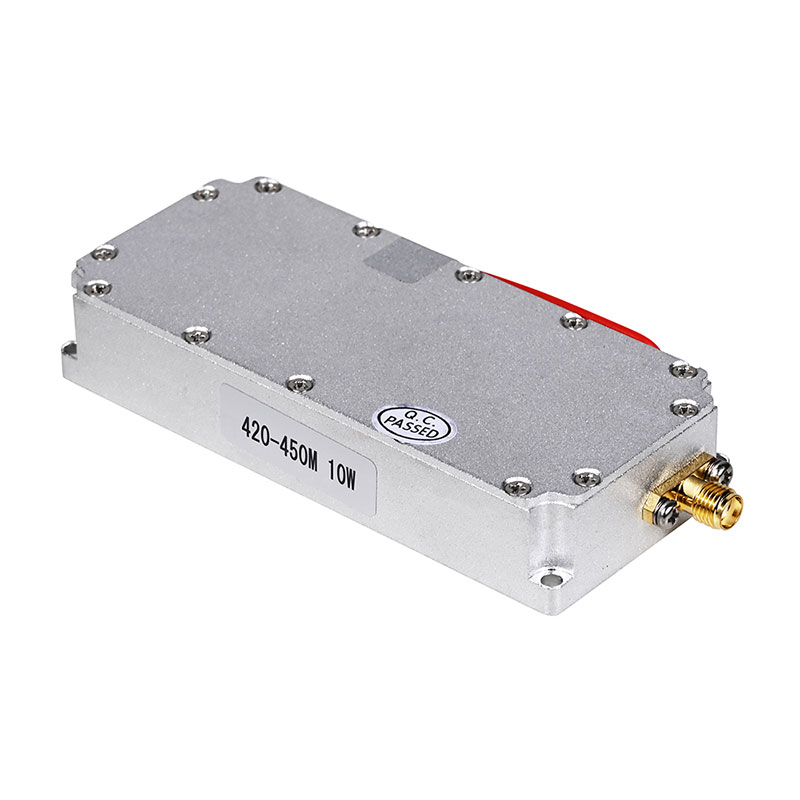Understanding the Basics: How an RF Module Works
2024-07-05
In today's world of wireless communication, RF (Radio Frequency) modules play a crucial role. These small but powerful devices enable the transmission and reception of data through electromagnetic waves, making them indispensable in various applications ranging from remote controls to sophisticated IoT (Internet of Things) devices. This blog delves into the workings of RF modules, shedding light on their components, operation, and applications.
What is an RF Module?
An RF module is a small electronic device used to transmit and receive radio signals between two devices. These modules operate on radio frequencies and are widely used in wireless communication systems. They can be found in devices such as garage door openers, wireless keyboards and mice, medical devices, and home automation systems.
Components of an RF Module
An RF module typically consists of the following components:
1. Transmitter: Converts the data into an RF signal and sends it out through an antenna.
2. Receiver: Captures the RF signal through an antenna and converts it back into data.
3. Antenna: Facilitates the transmission and reception of RF signals.
4. Oscillator: Generates the carrier frequency for the RF signal.
5. Modulator/Demodulator: Modulates the data onto the carrier frequency for transmission and demodulates the received signal to extract the data.
6. Amplifier: Boosts the RF signal strength to ensure it can travel the required distance.
7. Microcontroller: Manages the operation of the RF module, including encoding, decoding, and error correction.
How Does an RF Module Work?
The operation of an RF module involves several key steps:
1. Data Encoding: The data to be transmitted is first encoded by the microcontroller. This encoding ensures that the data can be accurately transmitted and received.
2. Modulation: The encoded data is then modulated onto a carrier frequency generated by the oscillator. This process involves varying the properties of the carrier wave (such as amplitude, frequency, or phase) according to the data signal.
3. Transmission: The modulated signal is amplified to increase its strength and then transmitted through the antenna. The antenna converts the electrical signal into electromagnetic waves that propagate through the air.
4. Reception: The receiving antenna captures the electromagnetic waves and converts them back into an electrical signal. The received signal is usually very weak and needs amplification.
5. Demodulation: The amplified signal is demodulated to extract the original data from the carrier wave. This involves reversing the modulation process performed during transmission.
6. Data Decoding: Finally, the microcontroller decodes the demodulated signal to retrieve the original data. This data can then be processed or used by the receiving device.
Types of Modulation
RF modules use different types of modulation techniques to transmit data, including:
- Amplitude Modulation (AM): Varies the amplitude of the carrier wave according to the data signal.
- Frequency Modulation (FM): Varies the frequency of the carrier wave based on the data signal.
- Phase Modulation (PM): Changes the phase of the carrier wave in relation to the data signal.
Applications of RF Modules
RF modules are used in a wide range of applications, such as:
- Remote Controls: For operating devices like TVs, garage doors, and home automation systems.
- Wireless Communication: In devices such as Wi-Fi routers, Bluetooth devices, and mobile phones.
- IoT Devices: For connecting various smart devices and sensors in a network.
- Medical Devices: In wireless monitoring and diagnostic equipment.
Conclusion
RF modules are vital components in the world of wireless communication, enabling devices to communicate over distances without the need for physical connections. Understanding how these modules work helps in appreciating the technology behind many of the wireless devices we use daily. From basic remote controls to complex IoT systems, RF modules continue to play a crucial role in advancing technology and enhancing connectivity.



